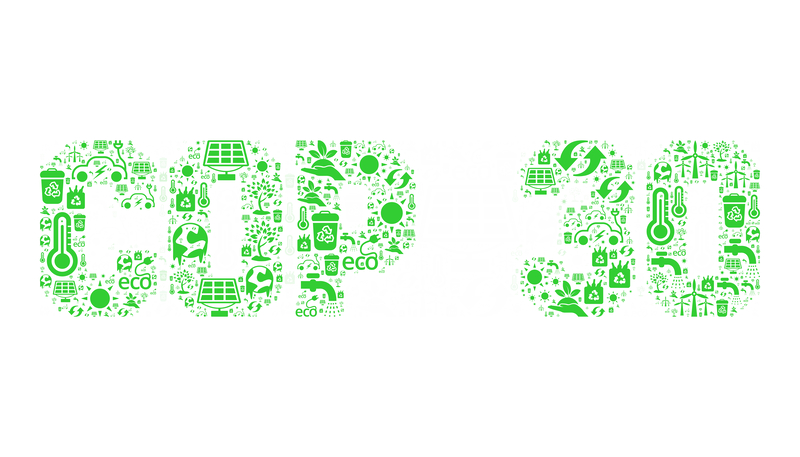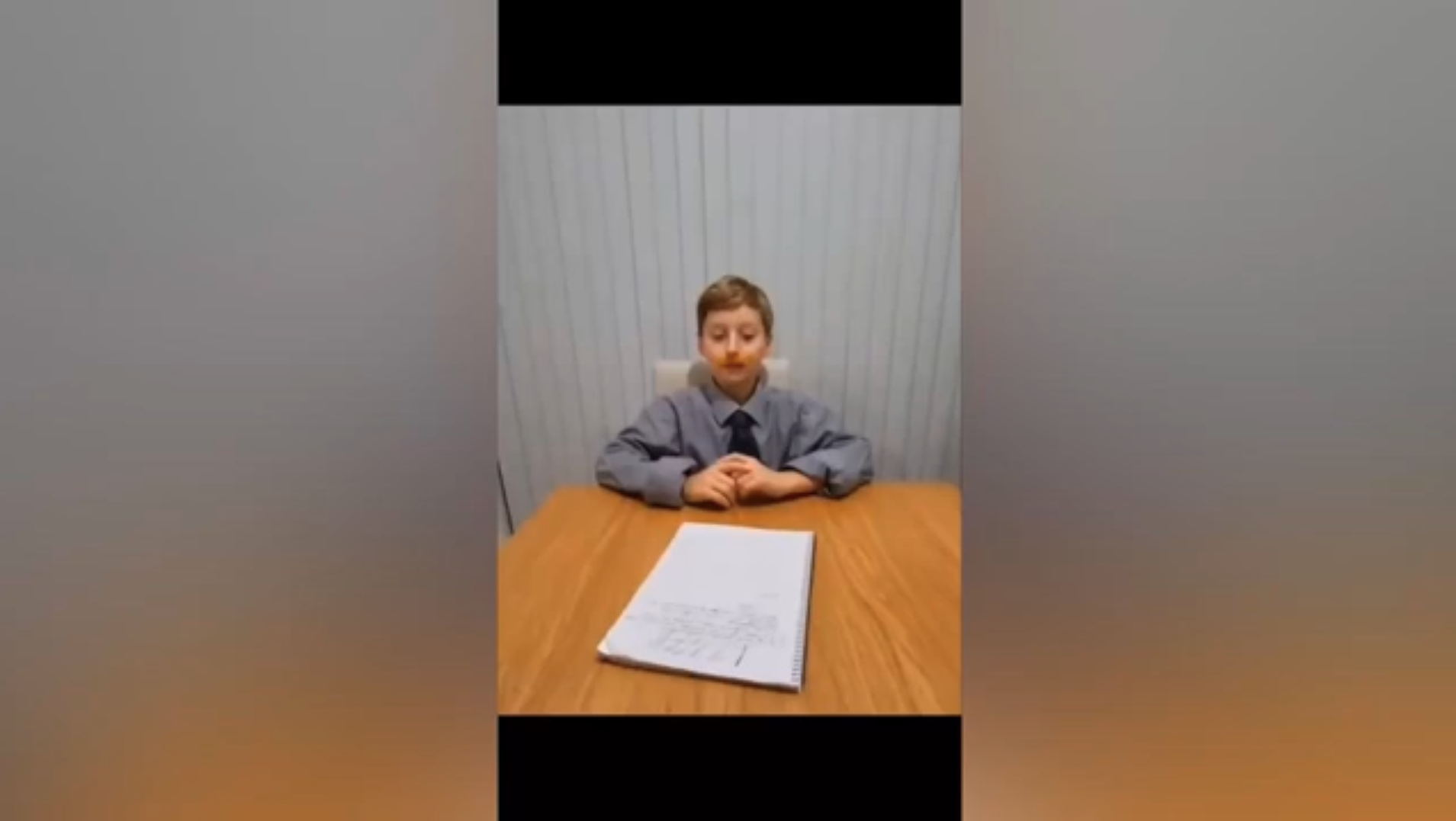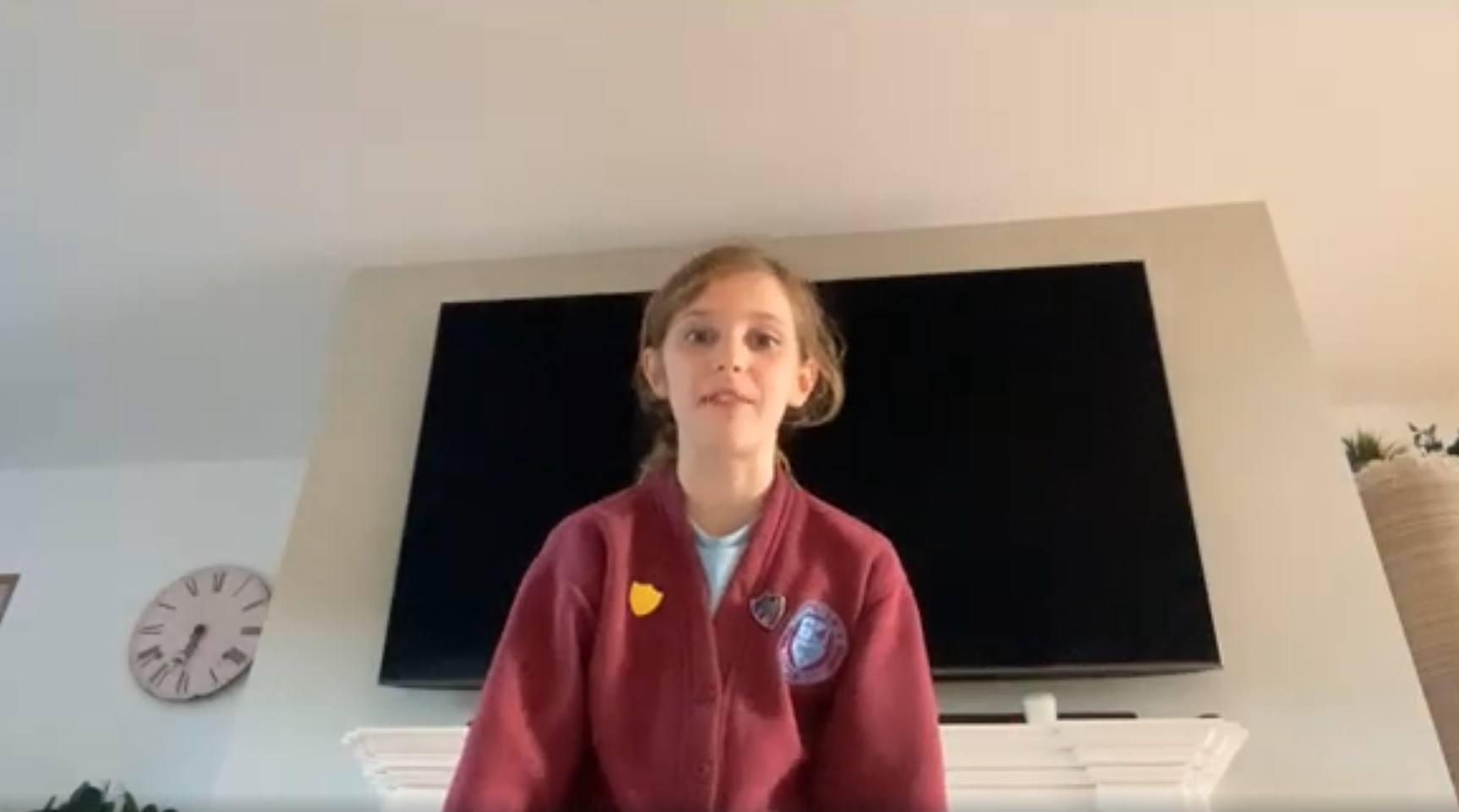

Investigating sea pollution
Rubbish discarded at sea is often washed ashore onto our beaches polluting the coastline, but what kind of litter is thrown away and where does it come from? Very often the tide brings in such a lot of debris that it would be impossible to record each item of litter. A way of overcoming this problem is to examine selected areas of the beach and to set up a line transect enabling a survey of the litter to be carried out. Stretch a line, marked at regular intervals, from the sea across the beach and record the litter that you find at each point on the transect. Make a note of the composition of the litter stating whether it is made of plastic, wood, metal, glass, paper, rope or cardboard. Also record the identity of each item such as fishing line, nets, containers or wire. Containers of plastic and metal are the most frequently reported litter. Drinks containers are common, mostly of the pull-tab type probably thrown away by holidaymakers. There is more rubbish on the beach in the winter, probably because of the prevailing winds and large waves which force the litter ashore.
How to help
- Always recycle when possible
- Never ever drop litter
- Take your rubbish home with you when you leave the beach
- Try to buy products made of natural fibre whenever possible
- Buy a reusable shopping bag and say no to plastic ones!
- Many household cleaning products contain harmful chemicals which are washed down the drain. Encourage your parents to buy eco-friendly products or even make your own from natural substances like vinegar and lemon juice.
- Organise a beach clean with friends and family - but remember to wear rubber gloves and look out for sharp objects
See How to Clean Up our Water for twelve handy tips from the Natural Resources Defense Council.
Remember - natural is best!
Our Supporters



.png)




















.png)



















































